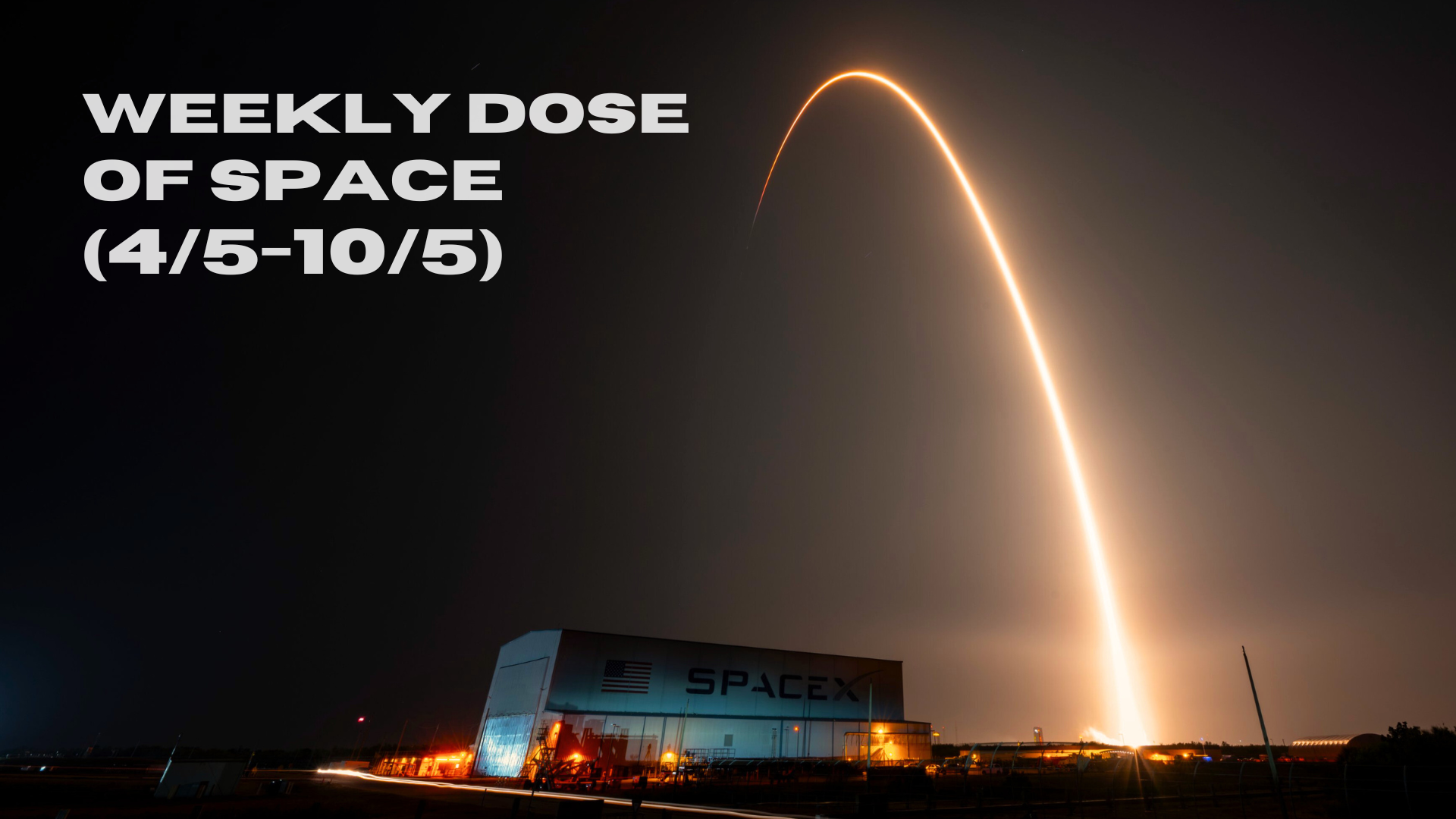Table of Contents
Welcome back to Weekly Dose of Space! This week saw four launches taking place, all in support of the Starlink constellation. News from the week regarded the fallout of the Trump Administration's proposed cuts to NASA and the departure of the head of NASA's Jet Propulsion Laboratory. As always, we'll also look ahead to what the worldwide launch schedule might look like next week.
Launches This Week
May 4th - Falcon 9 with Starlink Group 6-84
From Launch Complex 39A, in Florida, a Falcon 9 blasted off carrying twenty-nine Starlink satellites to low Earth orbit. Supporting this mission was booster B1078, for its twentieth flight with a landing downrange on the drone ship 'A Shortfall Of Gravitas'.
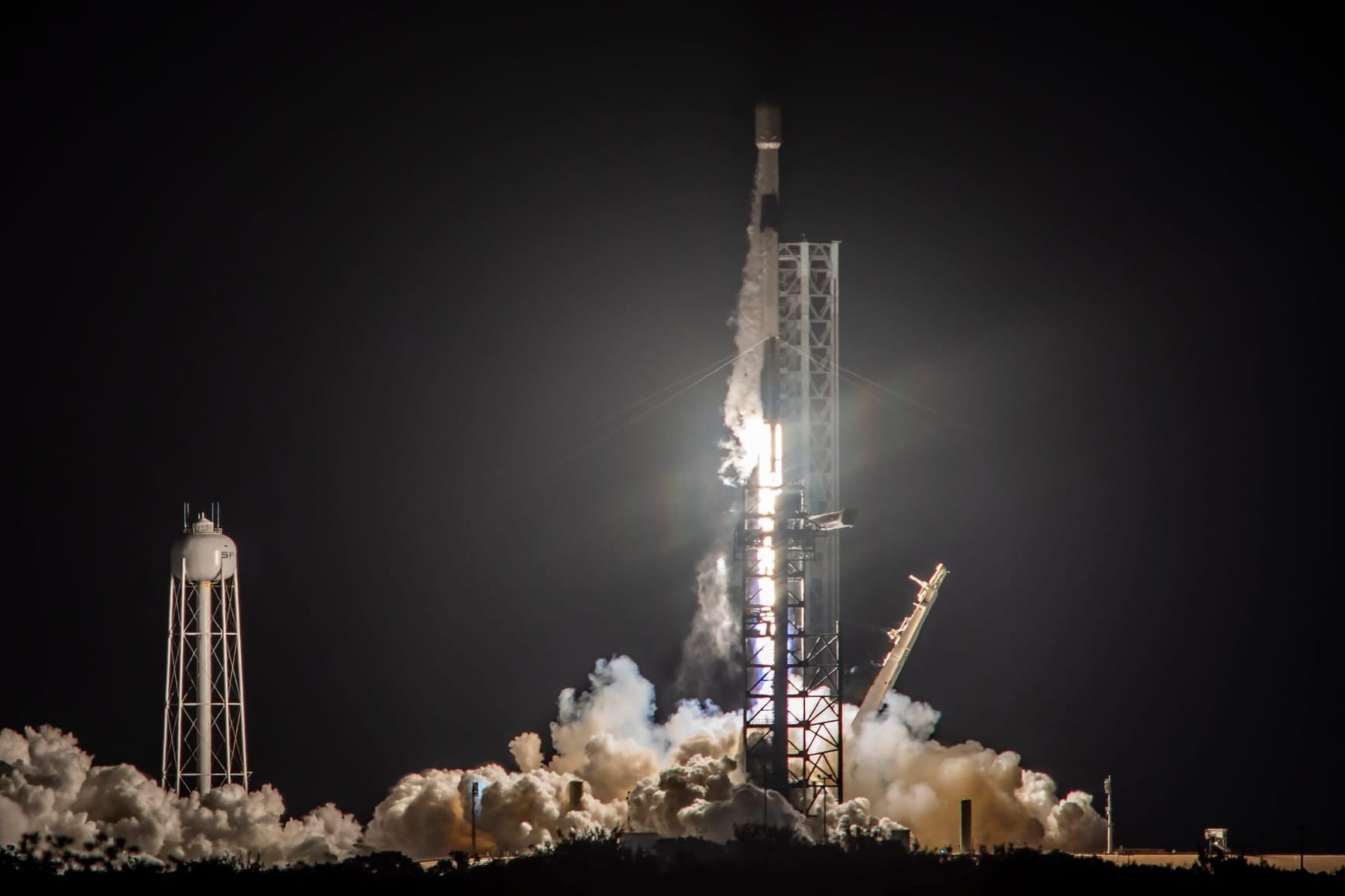
May 7th - Falcon 9 with Starlink Group 6-93
Twenty-eight more Starlink satellites headed to low Earth orbit atop of a Falcon 9 from Space Launch Complex 40, in Florida. Booster B1085 supported this mission for its seventh flight, with a landing on the drone ship 'Just Read The Instructions' downrange.
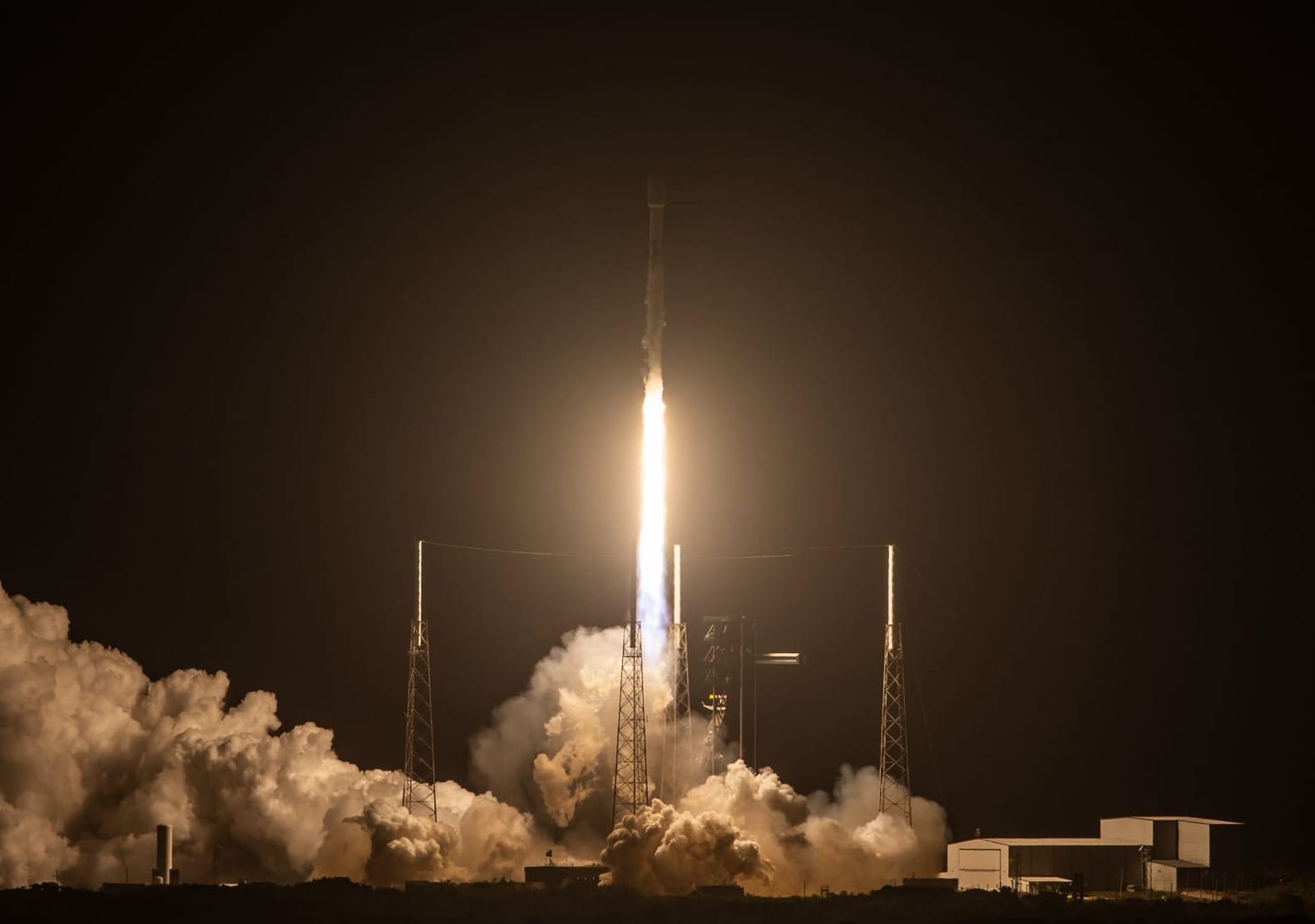
May 10th - Falcon 9 with Starlink Group 15-3
Another twenty-six Starlink satellites departed from Space Launch Complex 4E, in California, atop of a Falcon 9 to low Earth orbit. In support of this mission was booster B1081 for its fourteenth flight, landing downrange on the drone ship 'Of Course I Still Love You'.
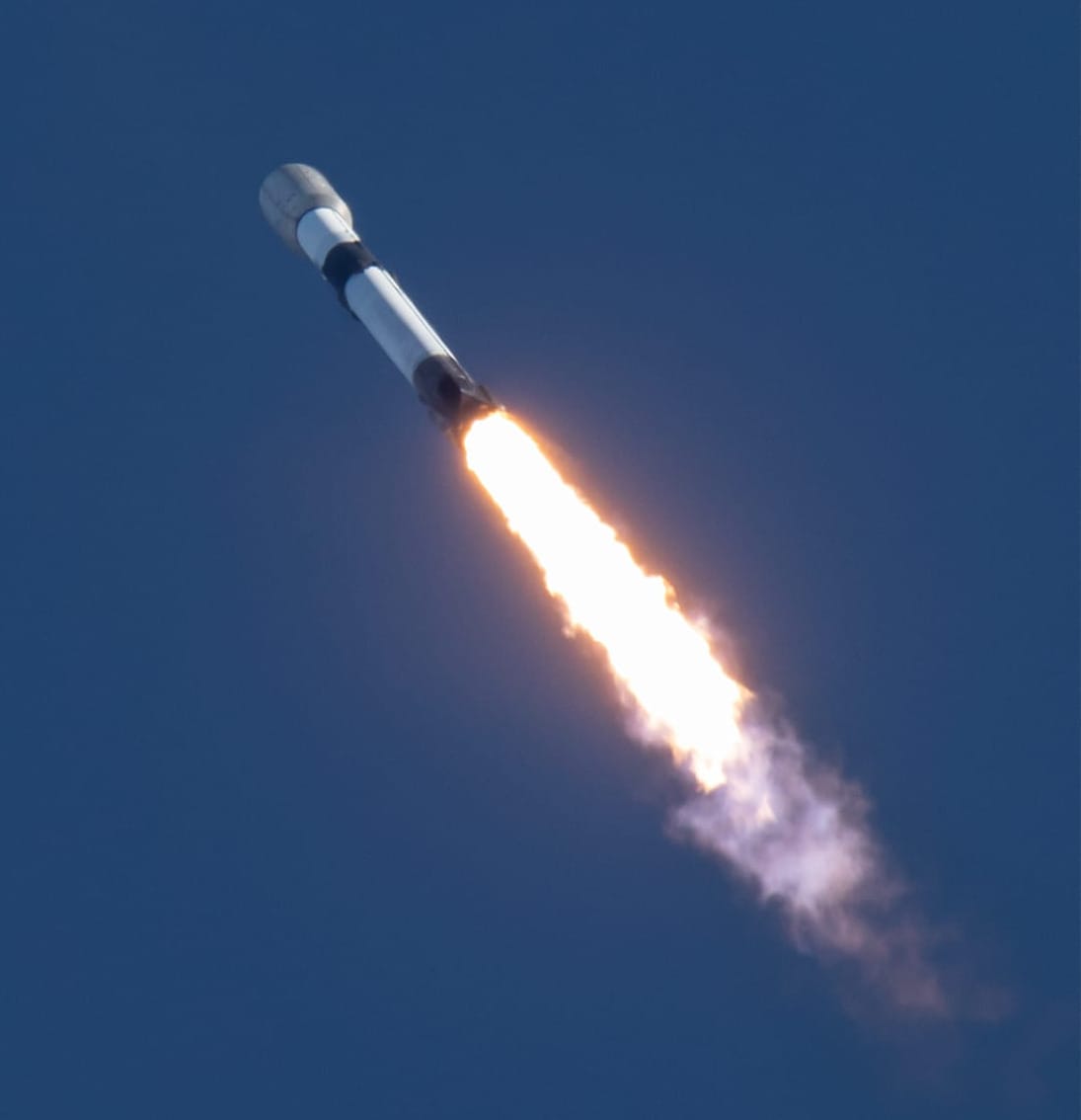
May 10th - Falcon 9 with Starlink Group 6-91
Falcon 9 launched another twenty-eight Starlink satellites to low Earth orbit from Space Launch Complex 40. Flying for the eleventh time was booster B1083, which landed downrange on the drone ship 'A Shortfall Of Gravitas'.
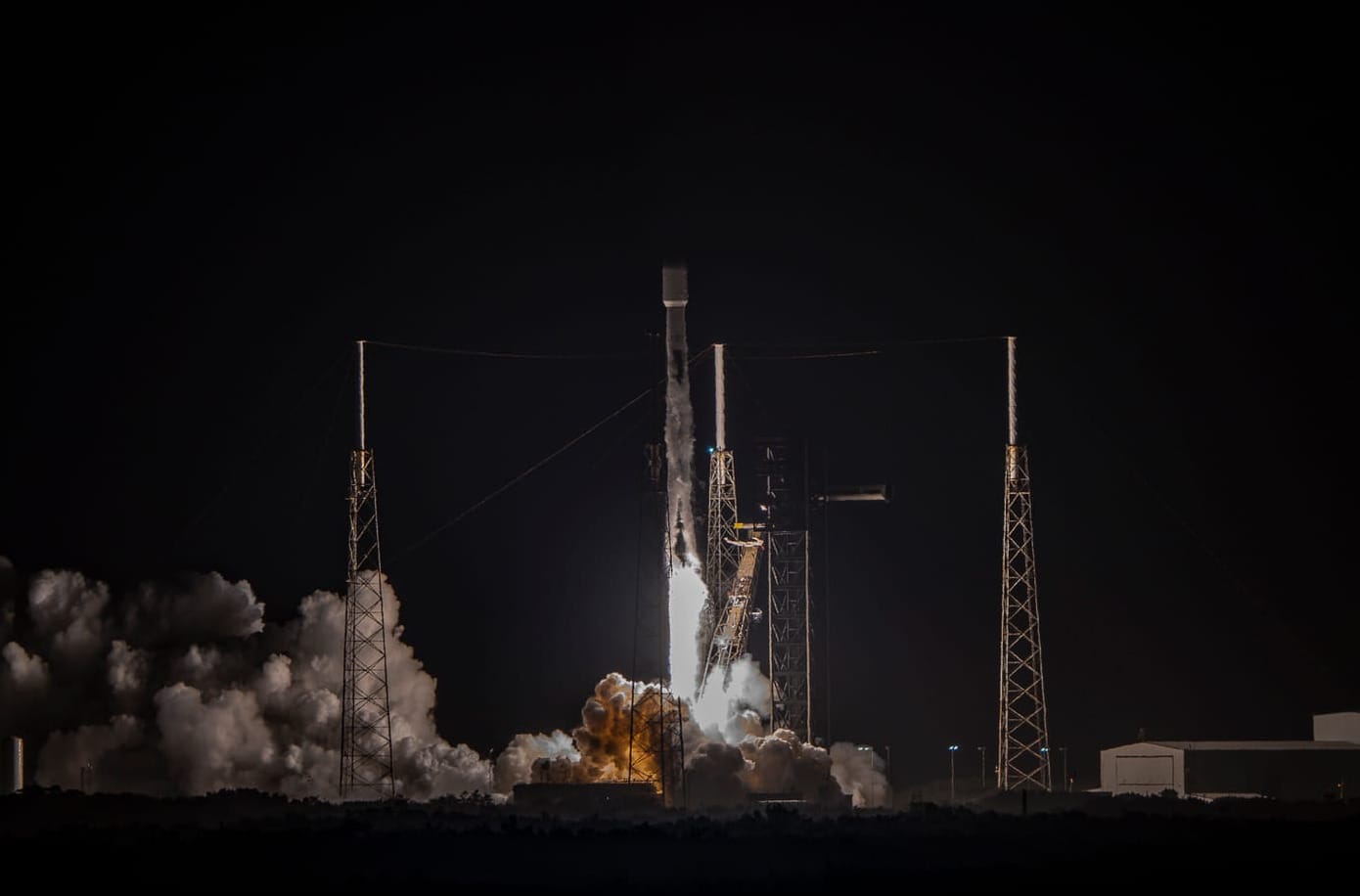
In Other Space News
ESA on NASA cuts
On May 3rd, the Trump Administration shared an overview of its 2026 fiscal budget, proposing billions in cuts to NASA. That budget plans to effectively cripple NASA science, end the Artemis program via the cancelation of the Space Launch System and Orion spacecraft after Artemis III, cancel the planned Gateway space station in lunar orbit, and kill the agency's Mars Sample Return mission.
The European Space Agency (ESA) is a part of several of these programs and provides key parts of Orion, Gateway, and the Mars Sample Return mission. Trump's proposed cancellation of the mission would throw away untold billions in European investment. As such, ESA Director General Josef Aschbacher released a press release about the NASA budget on May 5th, which is as follows:
On 2 May 2025, the White House Office of Management and Budget released a 'skinny’ version of the President's Budget Request (PBR) for fiscal year 2026. The more detailed version of the request is expected to be released in late May-early June. The Budget Request release marks the beginning of the appropriation process in US Congress culminating in the President’s signature of the budget bill passed by the House and the Senate – thus it should be kept in mind that this is still very much a work in progress.
NASA has briefed ESA about the Budget Request, and while some questions still remain about the full repercussions, follow-up meetings are already taking place with NASA. ESA remains open to cooperation with NASA on the programmes earmarked for a reduction or termination but is nevertheless assessing the impact with our Member States in preparation for ESA’s June Council.
ESA and NASA have a long history of successful partnership, particularly in exploration – a highly visible example of international cooperation – where we have many joint activities forging decades of strong bonds between American and European colleagues. Space exploration is an endeavour in which the collective can reach much farther than the individual. Thus, ESA has strong partnerships with space agencies from around the globe and is committed to not only being a reliable partner, but a strong and desirable partner.
At ESA’s June Council, based on further developments, there will be an assessment with our Member States of potential actions and alternative scenarios for impacted ESA programmes and related European industry. Later in the year, ESA will hold its Council at Ministerial level and is determined to raise Europe's potential in space – for the ultimate benefit of Europe, ESA’s Member States and their citizens.
Planned Cuts Trim ISS Operations
The Houston Chronicle is reporting that the International Space Station will perform a reduced amount of science and be home to fewer astronauts due to a shrinking budget for station operations by a billion dollars. This has been exacerbated by the Trump Administration's planned cut of 508 million United States Dollars to the space station.
To address the shrinking budget, the Houston Chronicle reports that NASA will have three crew members on the station instead of four starting next year, dropping the station’s overall crew to six people, as Russia will continue flying three cosmonauts. Additionally, future missions will also be longer than those currently underway, similar to Roscosmos' crew transfers every eight months. With one less crew member onboard, it is expected that research performed onboard the International Space Station will be reduced by half.
Longer missions with three crew members are expected to begin with Crew-12, atop of SpaceX's Crew Dragon, in 2026.
JPL head steps down
NASA's Jet Propulsion Laboratory shared on May 7th that its Director, Laurie Leshin, would step down on June 1st. Replacing Leshin will be David Gallagher, Associate Director of Strategic Integration at the Laboratory.
In January 2022, Leshin was named as Director of the Laboratory in January 2022 and has overseen the EMIT, SWOT, Psyche, PREFIRE, Europa Clipper, and SPHEREx missions reach space. Alongside those in space, she has also overseen the NASA-Indian NISAR mission and Roman Space Telescope (which the Trump Administration plans to cut) through development. Speaking on her time at the Laboratory, Leshin said:
"I am proud of the many things JPL has accomplished over the past three years," – "In addition to the long list of missions that have launched or moved toward launch during that time, we saved Voyager more than once and flew into history on Mars with Ingenuity. We have made more amazing scientific discoveries than I can name, including finding potential ancient Martian biomarkers with Perseverance. And we’ve driven the forefront of technology on Earth and in space. I know those achievements will continue under Dave’s capable leadership."
She added the following on social media, also on the 7th:
"Leading JPL has been the honor of a lifetime. I am proud of the many things we accomplished together – launching and making progress on a long list of missions, driving the forefront of technology on Earth and in space, and making more amazing scientific discoveries than I can name."
What to Expect Next Week
May 11th - Falcon 9 with Starlink Group 6-83
A Falcon 9 is planning to launch from Launch Complex 39A carrying a batch of Starlink satellites to low Earth orbit.
May 11th - Long March 6A with three Yaogan satellites
A Long March 6A is expected to launch from the Taiyuan Satellite Launch Center, carrying three Yaogan to a polar orbit.
May 12th - Long March 3C/E with a to-be-announced payload
A Long March 3C/E may launch from the Xichang Satellite Launch Center carrying a currently unknown payload to a geostationary transfer orbit.
May 13th - Falcon 9 with Starlink Group 15-4
Another batch of Starlink satellites is planning to launch to low Earth orbit from Space Launch Complex 4E atop of a Falcon 9.
May 14th - Falcon 9 with Starlink Group 6-67
More Starlink satellites are expected to launch from Space Launch Complex 40 atop of a Falcon 9 to low Earth orbit.
May 15th - Zhuque-2E with a to-be-annocued payload
LandSpace is preparing to launch its second Zhuque-2E rocket from the Jiuquan Satellite Launch Center, carrying a currently unknown payload toward sun-synchronus orbit.
May 16th - Falcon 9 with Starlink Group 15-5
Yet another Falcon 9 is planning to launch from Space Launch Complex 4E carrying more Starlink satellites to low Earth orbit.
May 17th - Electron for 'The Sea God Sees'
Rocket Lab is expected to launch its Electron rocket from Launch Complex 1A, on the Māhia Peninsula in New Zealand, carrying one of iQPS' synthetic aperture radar satellites to low Earth orbit.

